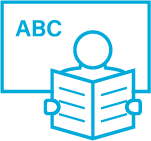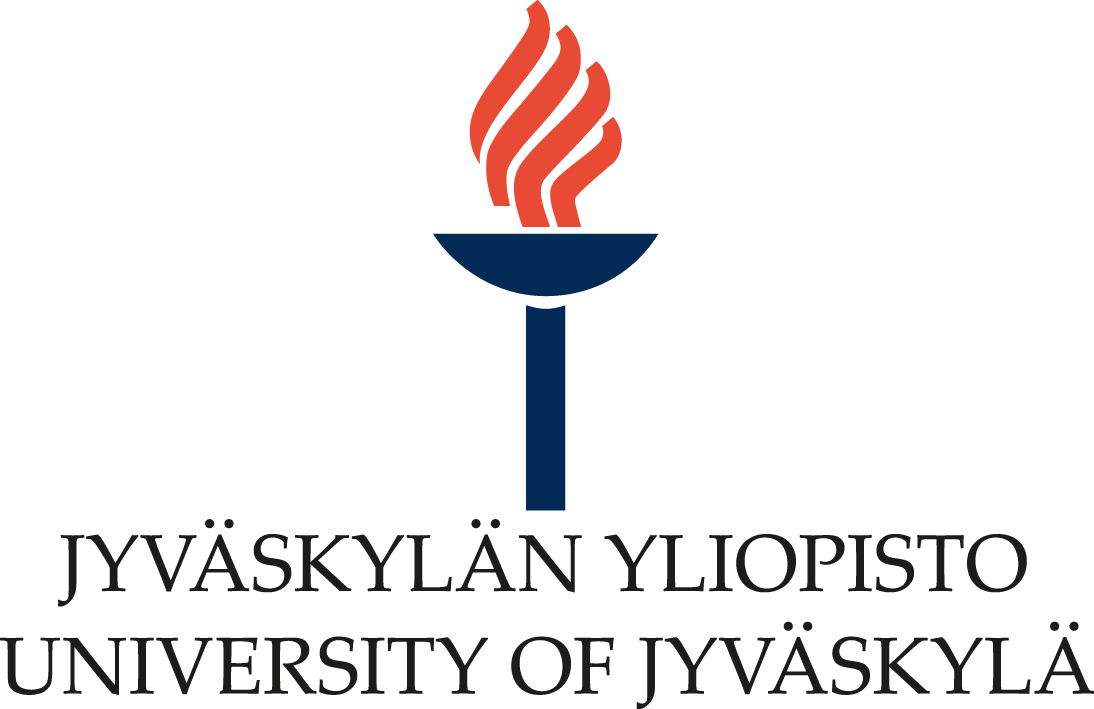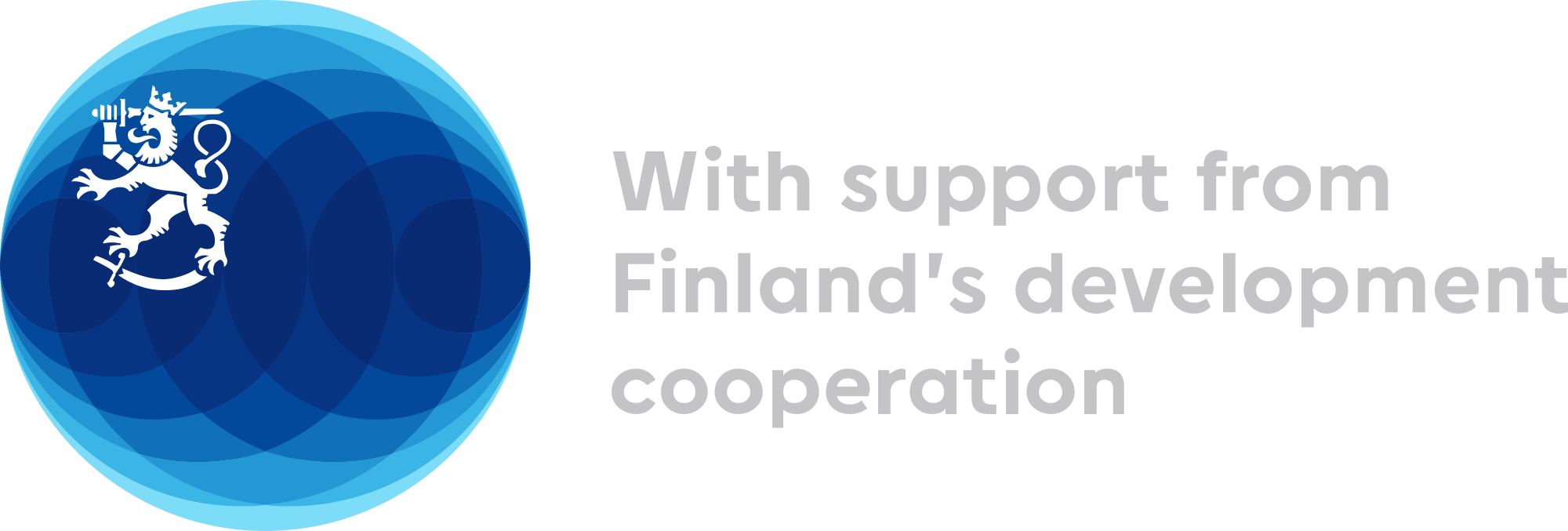Dyslexia – Early Identification and Prevention: Highlights from the Jyväskylä Longitudinal Study of Dyslexia
Over two decades of Finnish research, children born with a risk of dyslexia were monitored in the Jyväskylä Longitudinal Study of Dyslexia (JLD). In total, 200 children, half of whom were considered to be at risk, were assessed from birth to puberty using hundreds of measures. The aims were to identify measures for predicting later reading difficulty and to instigate appropriate and early diagnosis and intervention.
Authors: Heikki Lyytinen, Jane Erskine, Jarmo Hämäläinen, Minna Torppa & Miia Ronimus
Source: Lyytinen, H., Erskine, J., Hämäläinen, J., Torppa, M. & Ronimus, M. (2015). Dyslexia – Early identification and prevention: Highlights from the Jyväskylä Longitudinal Study of Dyslexia. Curr Dev Disord Rep, 2, 330–338, DOI: 10.1007/s40474-015-0067-1
Over two decades of Finnish research, children born with a risk of dyslexia were monitored in the Jyväskylä Longitudinal Study of Dyslexia (JLD). In total, 200 children, half of whom were considered to be at risk, were assessed from birth to puberty using hundreds of measures. The aims were to identify measures for predicting later reading difficulty and to instigate appropriate and early diagnosis and intervention. At-risk children can be identified from newborn electroencephalographic brain recordings. The earliest easy-to-use predictive measure to identify children who need help in learning to read is letter knowledge. In response, a purpose-engineered computer game, GraphoGame (GG), provides an effective intervention tool. In doubling as a research instrument, GG provides bespoke intervention/reading instruction for typically/atypically developing children. GG is now crossing the developed and developing world to assist children, irrespective of the cause of their failing to learn to read.
- Since 1993, the JLD has followed, longitudinally from birth, a cohort of 200 Finnish children, half of whom are at familial risk of dyslexia.
- From the antenatal clinic to their upper school years, the JLD children have been assessed on a plethora of neuropsychological, neurophysiological, cognitive, behavioural and observational indices.
- By comparing the JLD children’s early developmental measures with their current developmental statuses, it is now possible to demonstrate those indices that are the most salient predictors of later difficulty in reading skills.
- This also allows a programme of intervention to target these salient areas of difficulty at the earliest possible time, using a remediation-based technology, GraphoGame (GG), which has been developed alongside the JLD study.
The aetiology of dyslexia
- Many children are denied the opportunity to become competent readers for a number of reasons.
- These reasons may be environmental, such as a lack of teachers/teaching facilities.
- For others, a biological basis (e.g. dyslexia) may be the underlying cause of a severe bottleneck with regard to competence in literacy.
- Prevalence rates vary according to diagnostic criteria, although a generally accepted figure is less than 10%.
- Etiologically, dyslexia is considered to have a genetic basis, probably due to the interaction of several different genes.
- The first candidate gene was identified on the basis of the JLD data.
- In family risk studies, the risk of dyslexia has been reported to range from fourfold to tenfold for children born with a family risk, depending on the applied criteria.
The impact of orthographic transparency
- Among alphabetic orthographies, Finnish is one of the most transparent.
- The transparency of a writing system refers to the consistency of links between sounds or phonemes in speech and the graphemes (letters, letter clusters) that represent them in text.
- Finnish children start school in August of the year that they turn seven years old.
- By this time, 45% can read, and the majority are at least familiar with most letter names.
- After a few months in school, most children can decode words and also pseudowords, because letter-by-letter decoding is not affected by the meaning of the word and differs from how decoding works, for example, in English.
- The disparity in the learning burden as a function of the transparency of the language is marked.
- Finnish children must learn to master the sounds of fewer than 30 letters/graphemes, and these can be relied upon to be perfectly consistent in their sound/written representation.
- In contrast, the much heavier burden of English, with its many-on-one permutations in the journey from sound to speech and back to sound, means that a child must master numerous context-dependent permutations from the outset.
- Due to the lighter burden of learning to decode accurately, dyslexia in transparent orthographies is typically characterised by difficulties with the fluency of decoding, rather than with simple accuracy.
- One of the few complexities of Finnish is that an audible increase in the duration of the phoneme in the pronunciation is marked by repeated or double letters – in short, the manipulation of phonemic length or quantity.
- This feature has been recognised as one key area of difficulty for the Finnish dyslexic, particularly in terms of spelling.
The Jyväskylä Longitudinal Study of Dyslexia
- The JLD is a longitudinal study of 100 children at risk of developmental dyslexia and 100 age-matched peers with no known familial history of reading difficulties.
- Within days of these children’s births, brain event-related potentials (ERPs) in response to changes in vowel duration within consonant-vowel syllable sounds (such as /ka:/ vs /ka/) were measured.
- Group differences emerged in terms of hemispheric preference for right hemisphere processing in the risk group vs left hemispheric preference in the non-risk group.
- Furthermore, more pronounced right hemisphere processing of consonant-vowel speech sounds (e.g. /ba/, /da/, /ga/) was also apparent in the risk children compared to in the control children.
- The brain ERPs measured at between three and five days old demonstrated a significant predictive correlation with reading skills in the second grade.
- By six months old, toddlers in the risk group demonstrated difficulty with the discrimination of phonemic length at the behavioural level. The risk children required a longer pause to discriminate the difference between two pseudowords with short (/ata/) vs long (/atta/) phonemic quantity.
- These measures also predict letter knowledge and reading fluency.
- Problems with phonemic length discrimination seem to be persistent and still observable within the first three grades in school.
- By the time that speech emerges, the differential development of spoken language skills is the earliest behaviourally observable indication that has predictive relations to the acquisition of written language skills.
- A small (~15%) portion of children start speaking later than expected.
- This late-talking phenomenon can have three forms: delayed receptive language (comprehension of spoken language), delayed expressive language (articulated language) or a delay in both receptive and expressive language.
- Finnish letter names are nearly synonymous with letter sounds, and an awareness of Finnish phonology is considered to be nearly synonymous with an awareness of letter sounds.
- The best early predictors of dyslexia, in addition to a familial incidence of dyslexia, are a child’s phonological awareness, letter knowledge and rapid naming.
- Even though it is possible to demonstrate valid predictions of later reading difficulties from 3.5 years of age based on measures of rapid automatised naming (RAN) and phonological awareness, probably the most parent friendly way to identify children who are in need of help is the follow-up of their readiness to store letter sounds.
- In transparent orthographies, the impact of letter name learning, which directly supports the development of phonemic processing, is particularly easy to understand, as the initial focus of learning to read is on building connections between the sounds of single phonemes and their representative letters/graphemes.
- Therefore, any difficulty with the differentiation of the small speech units (phonemes) or letters may manifest itself as a substantial bottleneck.
- The prediction of fluency development has been demonstrated in various orthographies through RAN.
- The impact of phonological awareness is limited to the early phases of reading acquisition, while the impact of rapid naming is higher when fluency is increasingly the skill in focus.
- Although the strongest predictors of reading development are phonological awareness, letter knowledge and RAN, the children with dyslexia in grade 2 also had lower early performance in vocabulary, verbal short-term memory and morphological skills from age 2 onward.
GraphoGame
- GraphoGame (GG) is a digital learning environment that has been developed to support at-risk children’s reading acquisition.
- The learning game, also comprising the training of basic mathematics skills, is used in schools and homes across Finland on a daily basis by thousands of children.
- Besides being an educational tool, GG is also a research instrument as it saves player logs, which can be used to analyse the learning processes of the players.
- In the game, the player hears a sound and matches it with the appropriate letter.
- The unique adaptive nature of the software ensures that the content of each trial is determined by the player’s performance in the previous trials, providing an optimal challenge level for each individual player.
- After the basic decoding skill is achieved, the training can continue with the fluency version of GG, which focuses on improving children’s reading speed by providing training in syllable recognition and the reading of sentences and longer texts.
- It is recommended that children who are at risk of reading difficulty and who will ultimately require more practice than their peers start to train with GG just before the beginning of formal schooling.
Conclusions
- The typical reader of transparent writing is able to quickly grasp the simple relationship between letters and sounds and assemble and manipulate these to form the words of the language and progress, with prolific reading and literacy experience, toward fluent reading with comprehension.
- Difficulty with the discrimination of complexity, such as phonemic length in Finnish, may hinder competence in letter-sound acquisition.
- Reading that lacks fluency is disrupted in nature and can never therefore become fully automatic.
- Unless automaticity is achieved, comprehension can never be fully achieved due to working memory limitations.
- It is therefore important for interventions to interrupt this potential impasse by quickly shifting the learner’s attention away from letter-sound drilling toward larger units.
- It should be acknowledged that there are a plethora of speech and language measures (e.g. phonological awareness (PA), rapid naming, the family literacy environment) that exert an influence on a child’s later difficulties.
- However, what is suggested is that close attention should be paid to those children who display delayed language and/or who may not be grasping the letters of the alphabet in line with expected developmental milestones.
- In the earlier years, the content of interventions could involve introductions to more meaningful larger units in whole word form. This would help stimulate an awareness of orthography and the accumulation of vocabulary.
- Once sufficient cognitive maturity is reached at school entry, learners may progress to the manipulation of the smaller most consistent units that are dependent on orthography in order to foster the precursors of reading acquisition.














